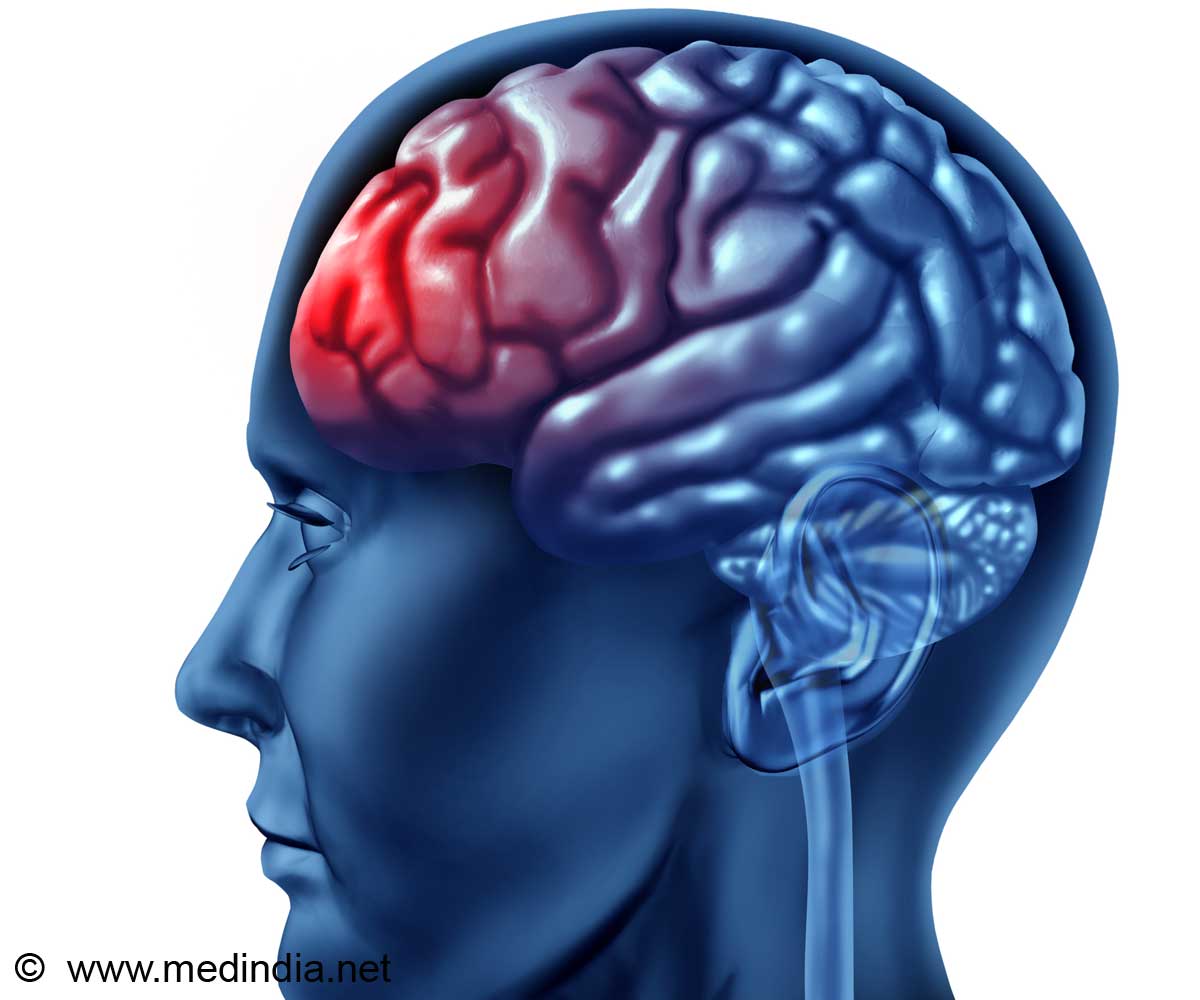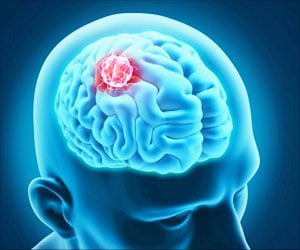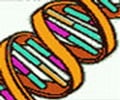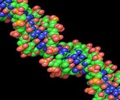Study shows the distribution of a DNA defect in the glioblastoma genome and its relationship with patient survival.

- The highly infiltrative nature of glioblastomas render it difficult to treat.
- Specific DNA 5-methylcytosine (5mC) and 5-hydroxymethylcytosine (5hmC) patterns are disrupted in GBM.
- 5hmC signatures had a particularly strong association with patient survival.
Glioblastoma
Glioblastoma (GBM) is a rare but deadly type of cancer that originates in the brain. They are highly malignant because their cells reproduce quickly and they are supported by a large network of blood vessels.
Glioblastomas represent 15.1% of all primary brain tumors, and 55.1% of all gliomas.
Glioblastoma has the highest number of cases of all malignant tumors, with an estimated 12,120 new cases predicted in 2016 in the U.S.
The frequency of their occurrence increases with age and it affects more men than women. Glioblastomas constitute only 3% of the childhood brain tumors.
Faulty DNA Modification
The epigenome involves modifications to DNA that dictate which genes are turned off and on within a particular cell-type.
Led by Cancer Center Member, Brock Christensen, PhD, Associate Professor of Epidemiology at Dartmouth's Geisel School of Medicine, researchers broke new territory by analyzing the profile of multiple DNA modifications, 5-methylcytosine (5mC) and 5-hydroxymethylcytosine (5-hmC), in a set of 30 glioblastomas.
"An intense interest has emerged in detailing the functional role of distinct DNA modifications in both healthy and disease tissues," said Christensen. "Here, we uncovered that specific DNA 5mC and 5hmC patterns are disrupted in GBM and uniquely characterize the molecular switches of the genome known as 'enhancers.' Importantly, we discovered that 5hmC signatures had a particularly strong association with patient survival."
Their paper detailing these patterns, "5-Hydroxymethylcytosine localizes to enhancer elements and is associated with survival in glioblastoma patients," has been published in Nature Communications.
The Dartmouth study utilizes state-of-the-art molecular biology and statistical approaches, including the Dartmouth Discovery Computing Cluster and Nano String nCounter technology, to identify the levels of the distinct DNA modifications across the critical regions of the genome.
"Together, our work reveals more about the powerful influence of the epigenome in cancer and highlights the distinct functional role of 5hmC," explains Christensen.
This was the first investigation to describe 5hmC distribution in the glioblastoma genome and its relationship with patient survival.
Looking ahead, these findings suggest that future mapping of the epigenome in a larger cohort of brain tumors may improve prognosis and help inform treatments.
References
- Brain Tumor Statistics - (http://www.abta.org/about-us/news/brain-tumor-statistics/)
Source-Medindia













